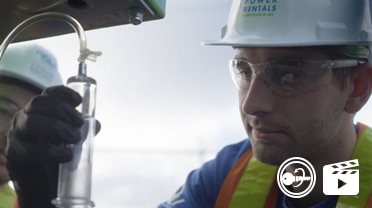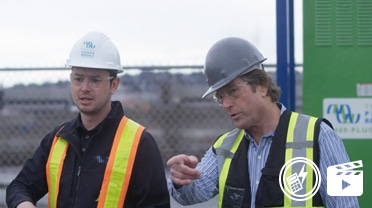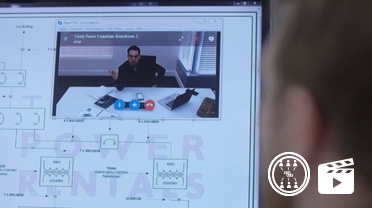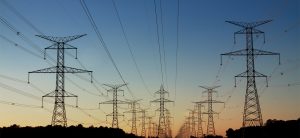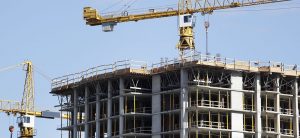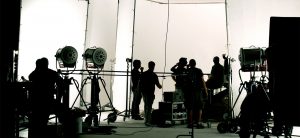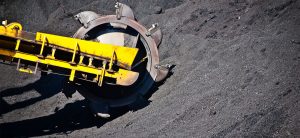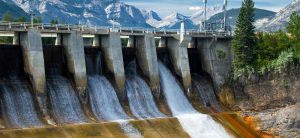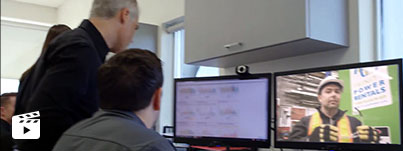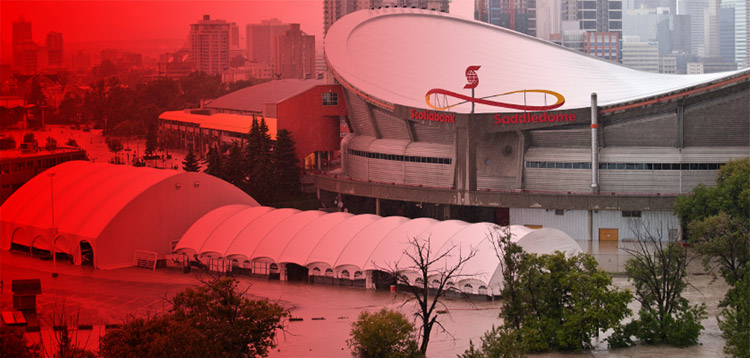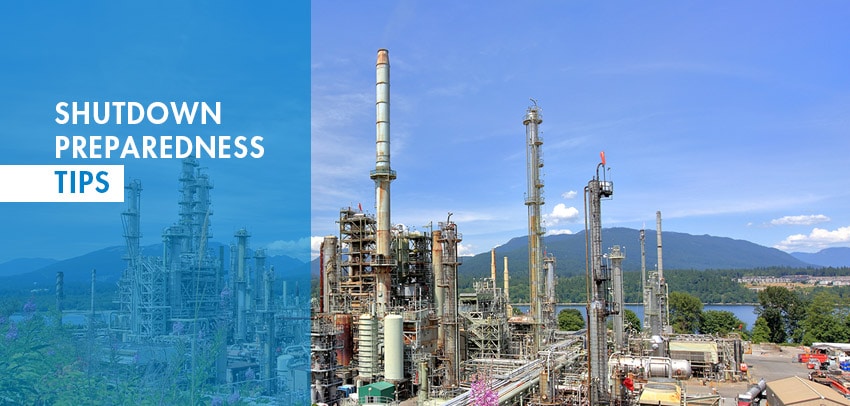- OUR APPROACH
-
COMMITTED TO YOUR SUCCESS
Our approach, developed over decades of experience, is fine-tuned to get the results you want.
We deliver concept-to-completion solutions, designed by temporary power specialists with access to the largest inventory of high-quality power generation and distribution equipment in North America.
-
- Equipment
-
RENTALS
From a wide range of diesel and natural gas generators to transformers, cable, light towers and more, our large rental fleet and extensive vendor network ensure we’ll have the temporary power equipment that your project requires — every time.
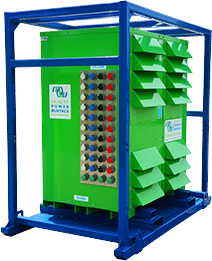
-
- Industries
-
INDUSTRIES WE SERVE
For nearly 20 years, we have been at work powering projects across Canada’s industrial sectors.
Select from this sampling of industries to learn how we can put our expertise to work for you.
VIEW ALL- Projects
- About
-
A PROUD HISTORY. A BRIGHT FUTURE.
From our inception in 1998, we have been building our team on a foundation of excellence. Our team members’ passion, expertise and commitment are what have allowed us to grow into a national company with projects across Canada.
Click on the links to learn more about our history, our team or our career opportunities.
- Blog
- Contact
-
Readiness, Teamwork and Experience: What To Expect From Trinity’s Power’s Emergency Response
Oct 26, 2021
If you’ve ever experienced a power outage or other emergency (and in our industry, you probably have), you know that a fast, well-organized response is critical to ensure the best possible outcome. Unfortunately, in the midst of a crisis, there is no time to spend calling different vendors to understand the nuances of their approach and determine whether or not they can offer the equipment and services you need.
That’s where this article comes in: we want you to know exactly what to expect when you call Trinity Power to respond to an emergency. At Trinity Power, our emergency response protocol is time-tested and robust — and time and again, it has proven to be highly effective.
We spoke with Kurt Guess, who manages the first responder team and who himself has responded to many midnight calls, for a closer look at what happens behind the scenes when an after-hours emergency call comes in.
It’s 2 AM: Do You Know Where Your Temporary Power Specialist Is?
Emergencies can happen at any time of day or night. So when the warehouse is closed and everyone has gone home, how does Trinity ensure that there will always be someone available to answer the call?
“Everyone on the project management team, the sales team and the senior management team is on our after-hours call list,” explains Guess. “When an after-hours call comes in, it goes to a call centre, which takes down basic caller information and then proceeds to call that list from start to finish.”
Guess explains that the list is divided into four territories — the US, Canada East, Canada Central and Canada West — each with about 15 or 16 people. Every person knows where they are in the queue, which creates an urgency to answer the call, especially for those who are further down the list.
“Once a team member picks up the call, they will assemble a group of experts at Trinity who are ready and able to respond,” explains Guess. “Everyone who is available jumps on the line and offers support as a team moving forward.”
The system is an effective one: “Dustin Jordan, COO of the company, is the last person on the call list, and in all my years on the after-hours list, he’s maybe only taken one phone call,” says Guess. This combination of dedication and teamwork enables Trinity to guarantee that someone will be there to answer the call, whenever it comes in.
A Well-Oiled Machine: How Trinity Ensures a Fast Response
Answering the call is only the first step in an efficient, effective emergency response. “That first interaction with the customer sets the course for exactly what we need to do,” explains Guess.
Once the basics such as the location and severity of the emergency have been established, the Temporary Power Specialist will begin digging into the details, including equipment requirements, timelines, site layout, and more.
The information gathered during that first call triggers a series of events.
“Once we’ve established the crux of the situation, we start making calls,” explains Guess. “Team members are going to start contacting trucking companies, and sourcing equipment, making sure our vendors are available.”
Once vendors have been contacted, the Trinity team begins issuing POs and creating work orders. At the same time, the team will ensure the shop teams are on their way to pick and prep the equipment.
At Trinity Power, emergency response is always a team effort, often involving up to 6 team members. “Getting the necessary people and equipment moving is a significant internal process,” says Guess. “But it’s a well-rehearsed procedure and everyone knows what their role is and how it contributes to the big picture.”
Once the ball is rolling, the Trinity team gets to work confirming timelines and building a rental agreement. “The agreement being complete means that we have everything in place and ready to go,” explains Guess. “All we need is the customer’s final sign-off to set the plan in motion.”
Midnight Run: How We Procure Equipment and Services After Hours
Not every business is ready to spring to action in the middle of the night. So how does Trinity Power access the equipment and services our customers need not only outside of business hours but on short notice as well?
“For equipment in our own fleet, we have an internal inventory system that I can access from anywhere in the world,” explains Guess. “That system will tell me exactly how many units of a given piece of equipment are sitting in any Trinity warehouse in North America.”
In addition to availability, the system also provides important details about the equipment, including nameplate information, exact dimensions, and whether or not it can be crane lifted.
In an emergency, Trinity’s experts rely on their knowledge of not only our own inventory but of all of the available inventory from any vendor within a reasonable drive time of the site.
For equipment that is procured from our rental partners, industry insight and strong business relationships contribute to Trinity’s ability to locate equipment quickly. This is the strength of the power broker model.
“Usually we can confirm availability outside of our inventory within about 15 to 20 minutes,” explains Guess. “Because we are in frequent contact with our partners regarding the many temporary power projects we are supporting on any given day, a strong understanding of what is readily available in the industry is second nature to us.”
Not to mention, the robust and longstanding nature of Trinity’s relationships with our vendor partners means that we can usually expedite the process by circumventing their after-hours phone and going directly to the individual who can provide us with the information we need. “The difference for our partners in working with Trinity is that if they receive an after-hours call from us, they can be confident that we have already gone through the vetting process,” explains Guess. “There is a high probability of moving forward, so they know that taking our call will be worthwhile.”
The Key to a Healthy Relationship: Communicating Through Every Step
In an emergency situation, communication is crucial. Trinity makes use of a variety of communication tools, all designed to deliver critical information quickly.
As the project moves forward, Trinity stays in regular contact with the customer via phone calls, text messages and email, providing key contact information, exact equipment specs, and single-line drawings to facilitate installation.
“The single line drawing is essentially an Ikea how-to manual,” quips Guess. “Imagine yourself on-site at 2 a.m. trying to put together an Ikea dresser without instructions, while your house is on fire behind you.”
In addition to equipment and system information, the Trinity team is fastidious about keeping customers updated on timelines.
“We prep all of the timelines before we send the rental agreement,” explains Guess. This includes everything from equipment prep time to how long it will take for the truck driver to wake up and drive to the warehouse, to an estimate of the installation time, taking into account how many people are on site.
Once the timelines have been established, Trinity makes sure the customer is kept in the loop about each stage. “Usually we’ll provide updates when we hit certain milestones so they can plan on-site,” says Guess. “For example, we’ll send a text or a call when the truck is being loaded, and we will have the driver call when he’s 15 minutes out.”
As Guess says, “Nothing is worse than having your workers wait on-site for equipment that was supposed to arrive at midnight, but hasn’t.”
Trinity Power’s 24/7/365 Emergency Response: Our Experience At Work For You
While many Electrical Contractors might encounter a single after-hours emergency in a given year, the Trinity team handles numerous calls every month. Spread over our 20 years of being in business, it has added up to a lot of emergencies — and a finely tuned process.
Every emergency is unique, but there are some aspects of our response that will always remain the same: 24/7 availability, a quick solution at any time of day or night, and clear, open communication throughout. We leverage our emergency experience and vendor relationships to ensure you receive the equipment you need as quickly as possible.
Related Articles
Subscribe for access to exclusive content

